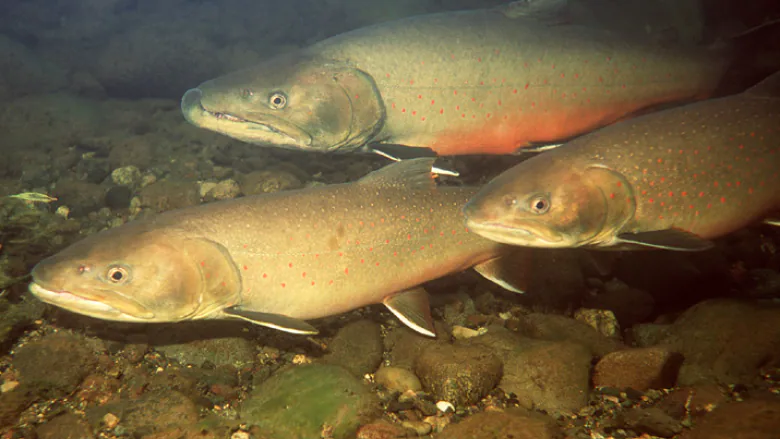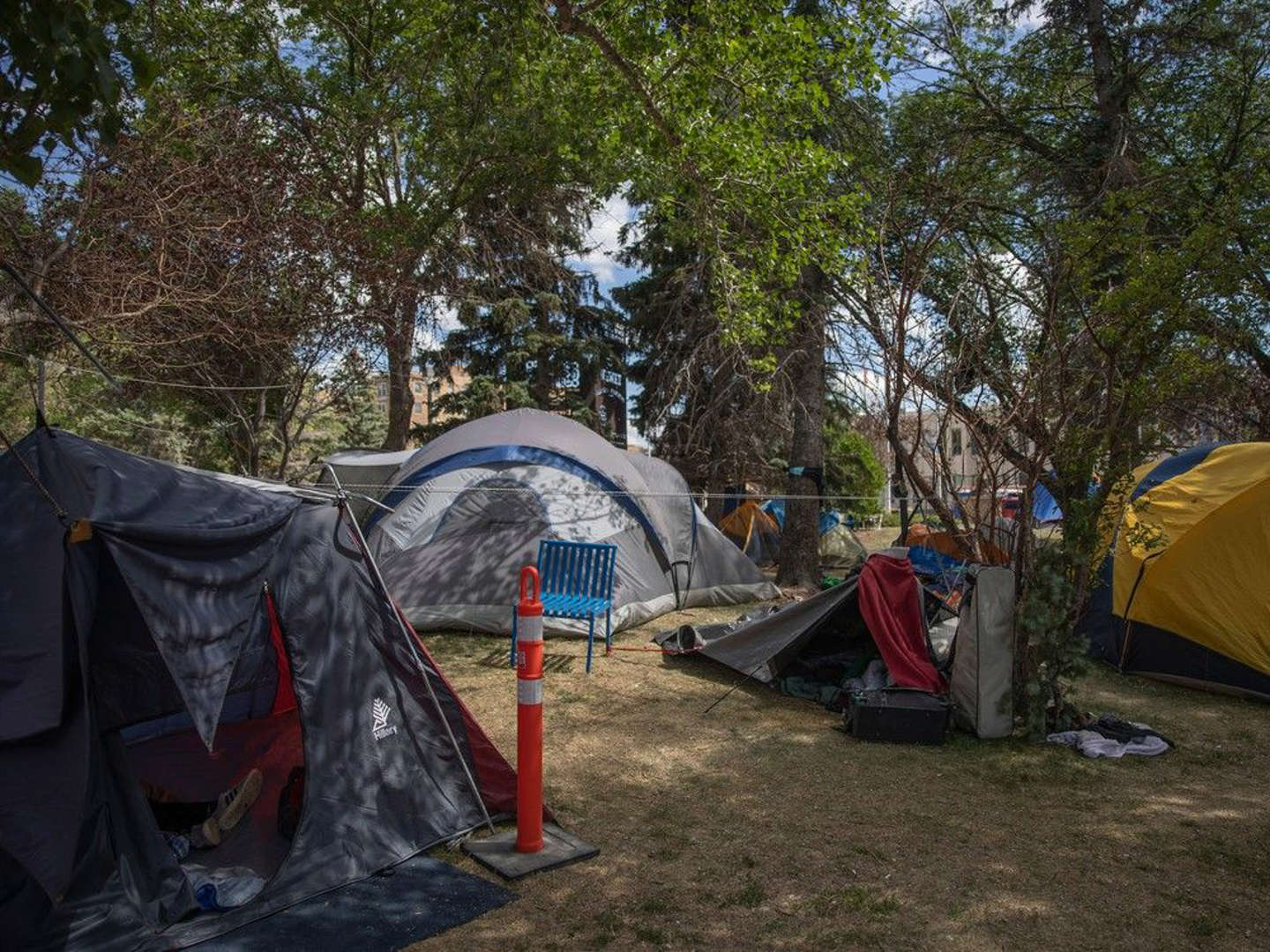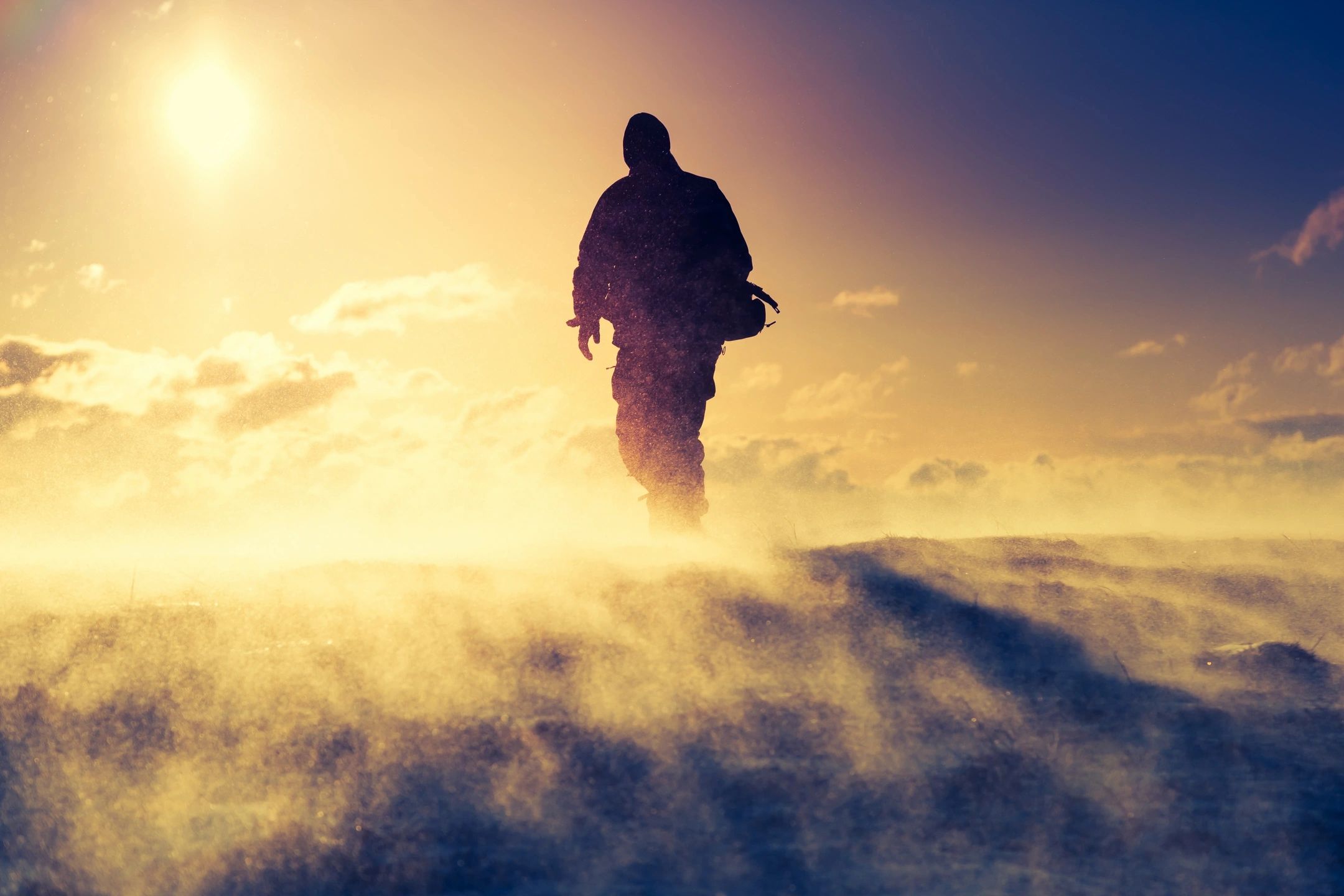The extended period of scorching summer weather and unusually reduced water levels have synergized to cause certain rivers in Alberta to run dry or become so heated that the survival of trout and various other aquatic species is under threat.
According to Lesley Peterson, a biologist affiliated with Trout Unlimited Canada, teams working in the field are discovering segments of tributary rivers and streams that have completely lost their flow.
“We’re seeing it in the Bow River as well but that’s a result of what’s going on on the landscape,” Peterson said.
“It’s stressful. It’s hard. They’re running out of habitat.”
“I’m hearing reports of fish being stranded in the small pools, so it’s a difficult time.”
Trout rely on cold water for their respiratory needs.
Historically, the Rockies’ glaciers played a role in mitigating the impacts of drought by contributing extra cold water during dry periods.
However, in the last quarter-century or so, numerous smaller glaciers have vanished entirely, and a considerable amount of volume has been lost from many of the larger ones.
In the past, the Athabasca Glacier typically retained its snow until July before the onset of ice melting. However, this year, the snow disappeared as early as April.
Trout Unlimited Canada is currently engaged in initiatives aimed at enhancing habitat along streams. This involves planting trees strategically to enhance water retention and facilitating the restoration of beaver habitats. The goal is to reestablish the network of natural dams that existed previously.
To alleviate the pressure on fish populations, the province has implemented emergency time-of-day fishing restrictions.



